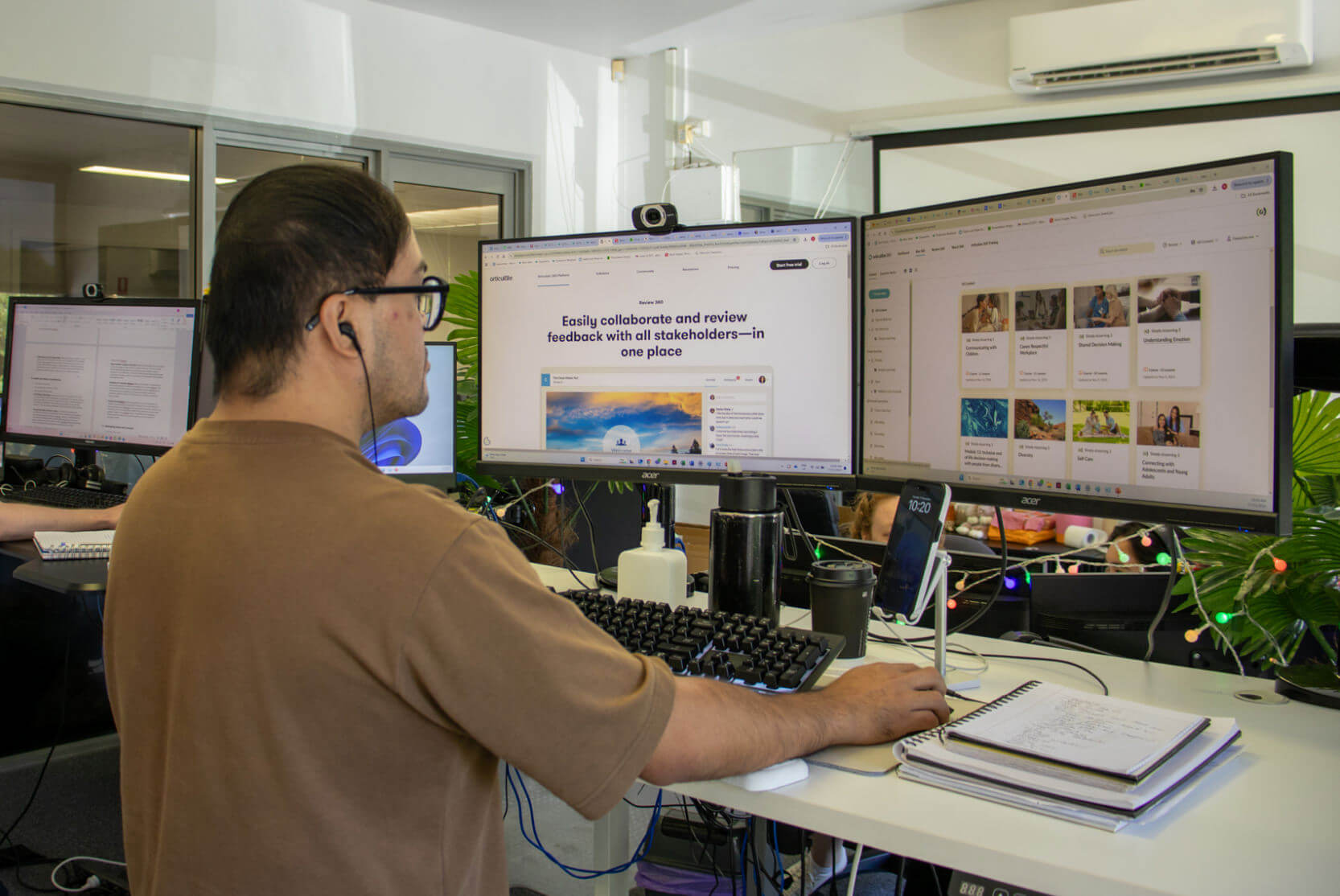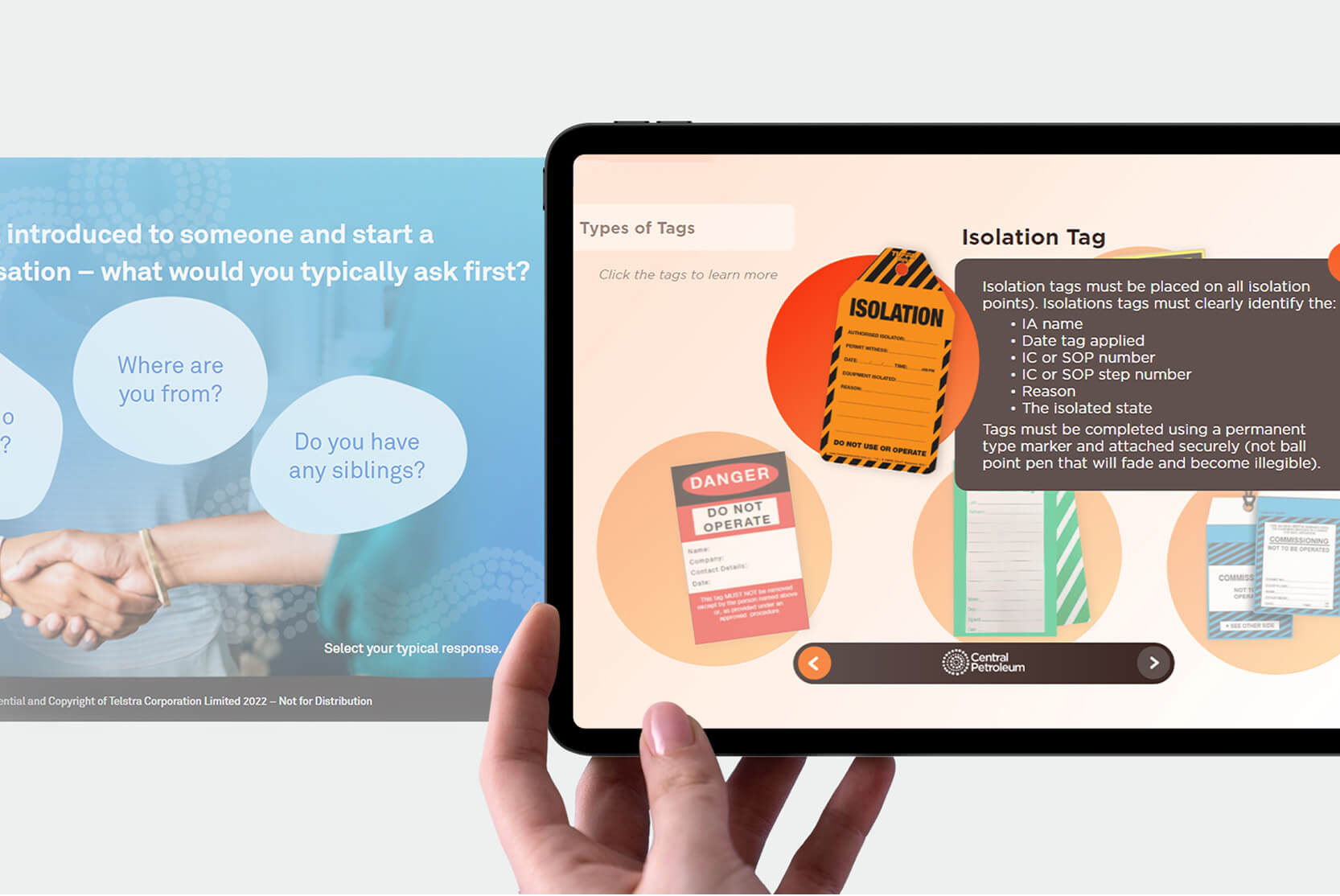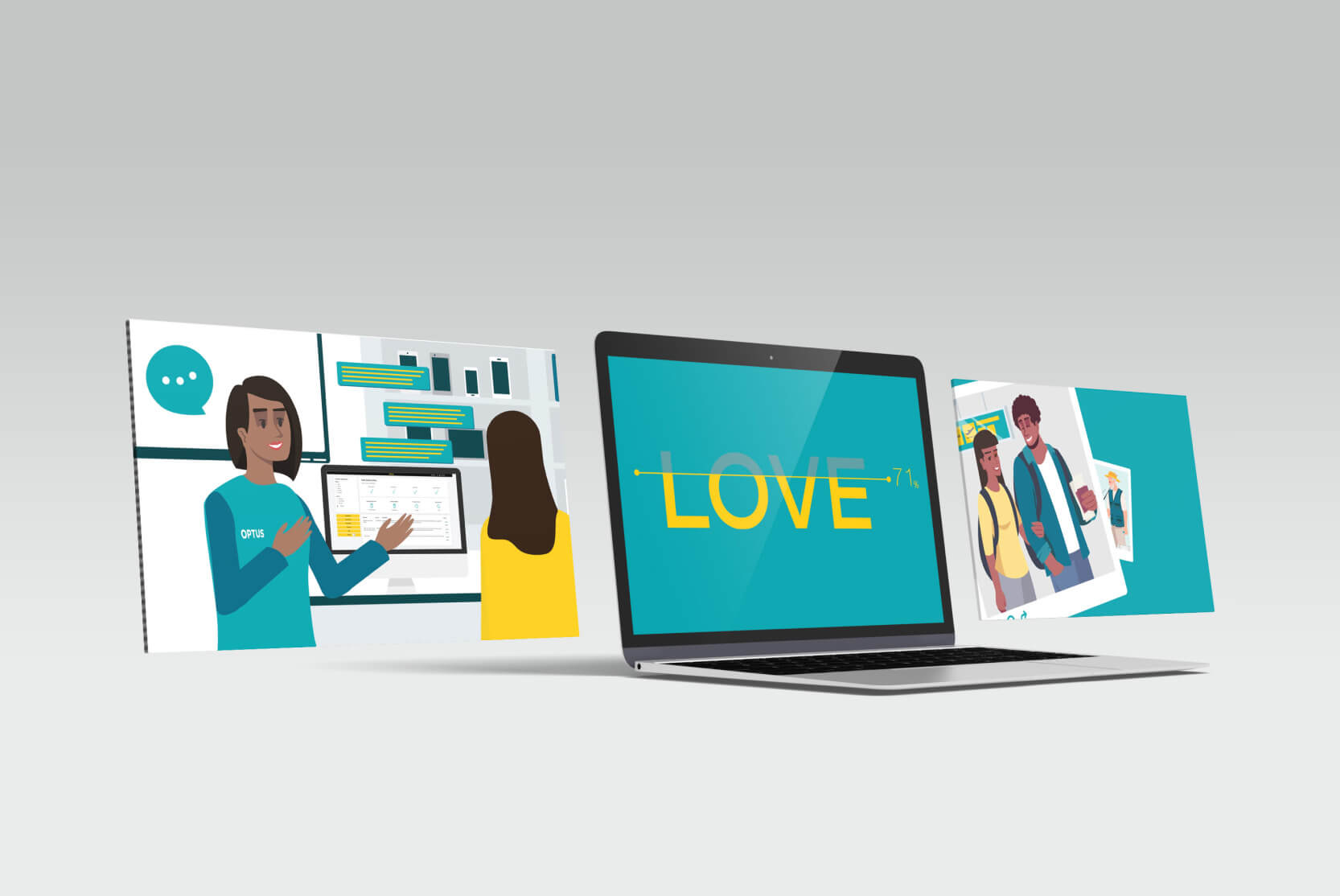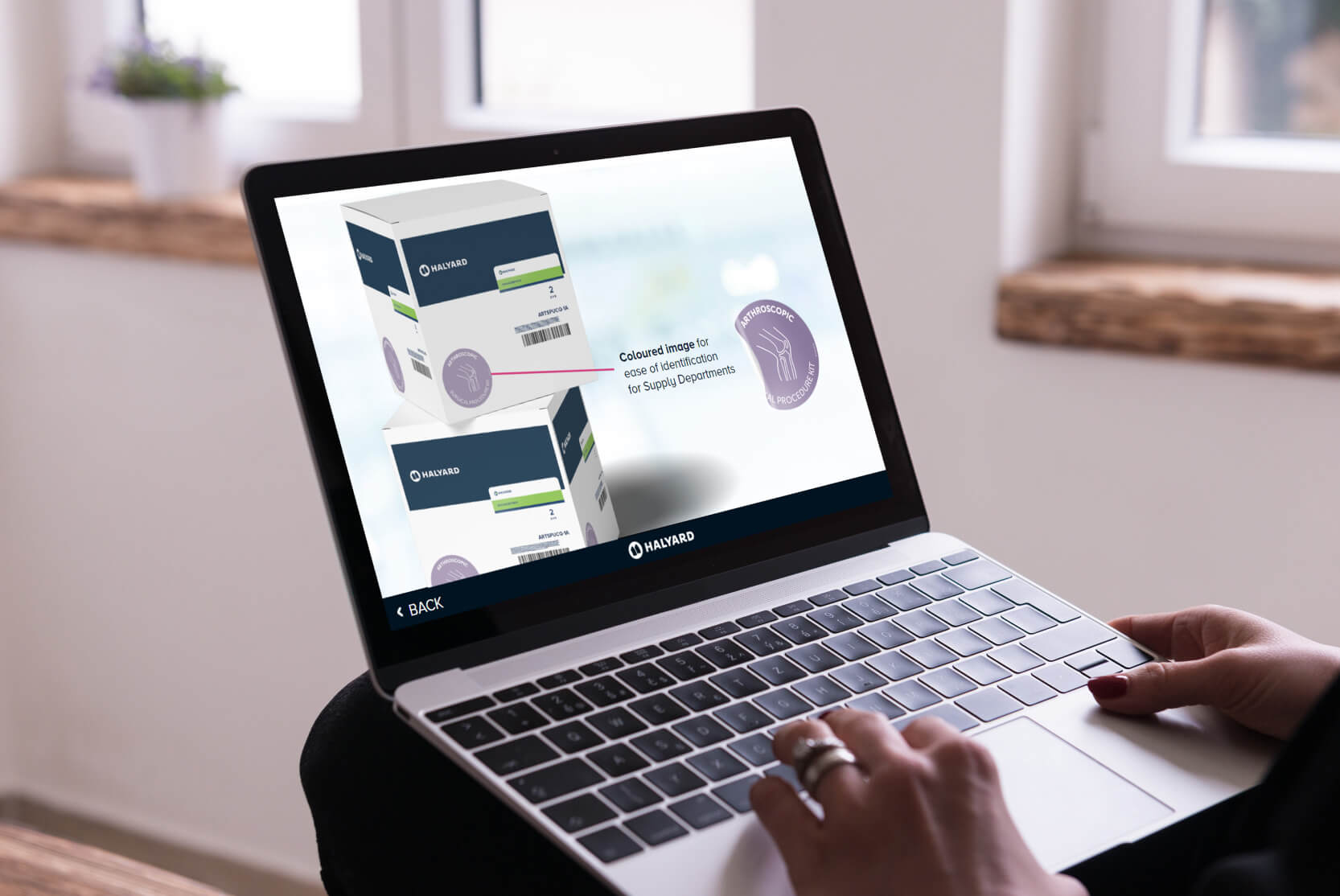Training is essential for employee development, but traditional methods often fall short in engaging and retaining knowledge. That’s where custom learning design comes in. By tailoring training to the specific needs of your workforce, businesses can create more effective, engaging, and memorable learning experiences. Custom learning design enhances both engagement and knowledge retention, ensuring that training initiatives drive meaningful results.
Why Custom Learning Design Matters
Personalised training delivers content that aligns with your employees’ specific roles and challenges. Unlike generic programs, which might fail to engage, tailored courses ensure relevance. By addressing real-world problems employees face, such courses make training more applicable and memorable. This approach enhances knowledge retention, ensuring employees can apply what they’ve learned effectively.
Furthermore, customised training allows for flexibility. You can design content that matches the pace and learning style of your employees. This adaptability makes learning accessible, whether your team works remotely or across different locations. Personalised training creates a more inclusive and engaging experience for all.
5 Key Benefits of Custom Learning Design

1. Tailored Content for Better Engagement
With custom learning design, you can create specific content for each employee’s role and responsibilities. This approach ensures that training is more relevant, engaging, and impactful. Employees can directly connect the material to their daily work, making it easier for them to apply the knowledge they gain.
2. Interactive Learning Enhances Retention
Interactive elements like quizzes, simulations, and scenario-based exercises are incorporated into custom training. These techniques actively engage employees, leading to better knowledge retention. When learners interact with content, they retain information longer and understand how to apply it in real-life situations.
3. Accessibility Anytime, Anywhere
Custom learning design ensures that training is flexible. Employees can access training materials when it suits them best, whether on-site or remotely. This flexibility allows employees to learn without disrupting their work schedule, enhancing participation rates and overall success.
4. Real-Time Tracking and Reporting
Custom learning platforms offer robust tracking features. You can monitor how employees progress through training and identify areas for improvement. This real-time data helps you ensure that learning objectives are being met and allows for quick adjustments if necessary.

5. Scalable and Adaptable
As your business grows, your training needs evolve. Custom learning design adapts to these changes. Whether you’re expanding your team or introducing new processes, custom training can scale and evolve with your organisation. It provides long-term value and ensures your team stays equipped with the latest knowledge and skills.
Custom Learning Design for Collaboration
Custom learning doesn’t just benefit individual learners. It also fosters team collaboration. Many training modules are designed with group tasks or collaborative projects. This helps employees learn to work together, share ideas, and solve problems as a team. Building these skills not only improves individual performance but also strengthens overall team dynamics.
When employees collaborate during training, they are better prepared to tackle challenges together in the workplace. This is especially important in organisations where teamwork is crucial to success. Custom learning design helps build strong, cooperative teams that work efficiently and effectively.
Aligning Custom Learning with Business Goals
Effective training should align with your company’s objectives. Custom learning design does this by incorporating key business goals into the curriculum. Whether it’s improving customer service, meeting compliance standards, or fostering leadership, custom training ensures employees understand how their learning directly contributes to the organisation’s success.
By aligning training with organisational priorities, you can measure the impact more effectively. This alignment helps improve both individual performance and business outcomes, ensuring that training isn’t just a checkbox activity but a strategic asset.
Conclusion
Custom learning design is a powerful tool for improving training outcomes. It ensures that employees receive relevant, engaging, and effective training tailored to their roles and needs. At Simply eLearning, we specialise in creating bespoke training solutions that are designed to boost engagement, knowledge retention, and overall performance. Our team works with you to craft custom learning experiences that align with your business goals. Ready to enhance your training? Contact Simply eLearning today to get started!





